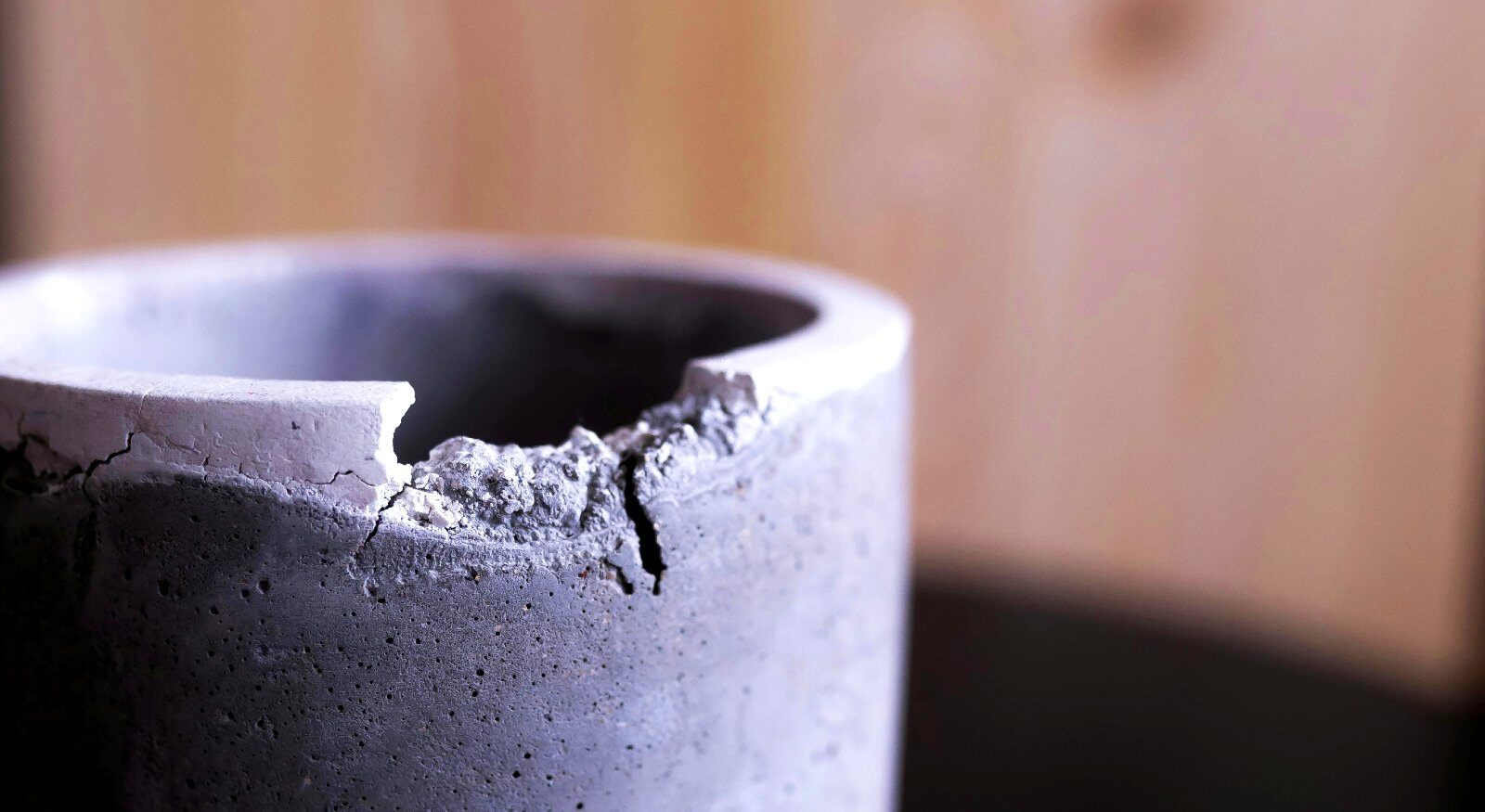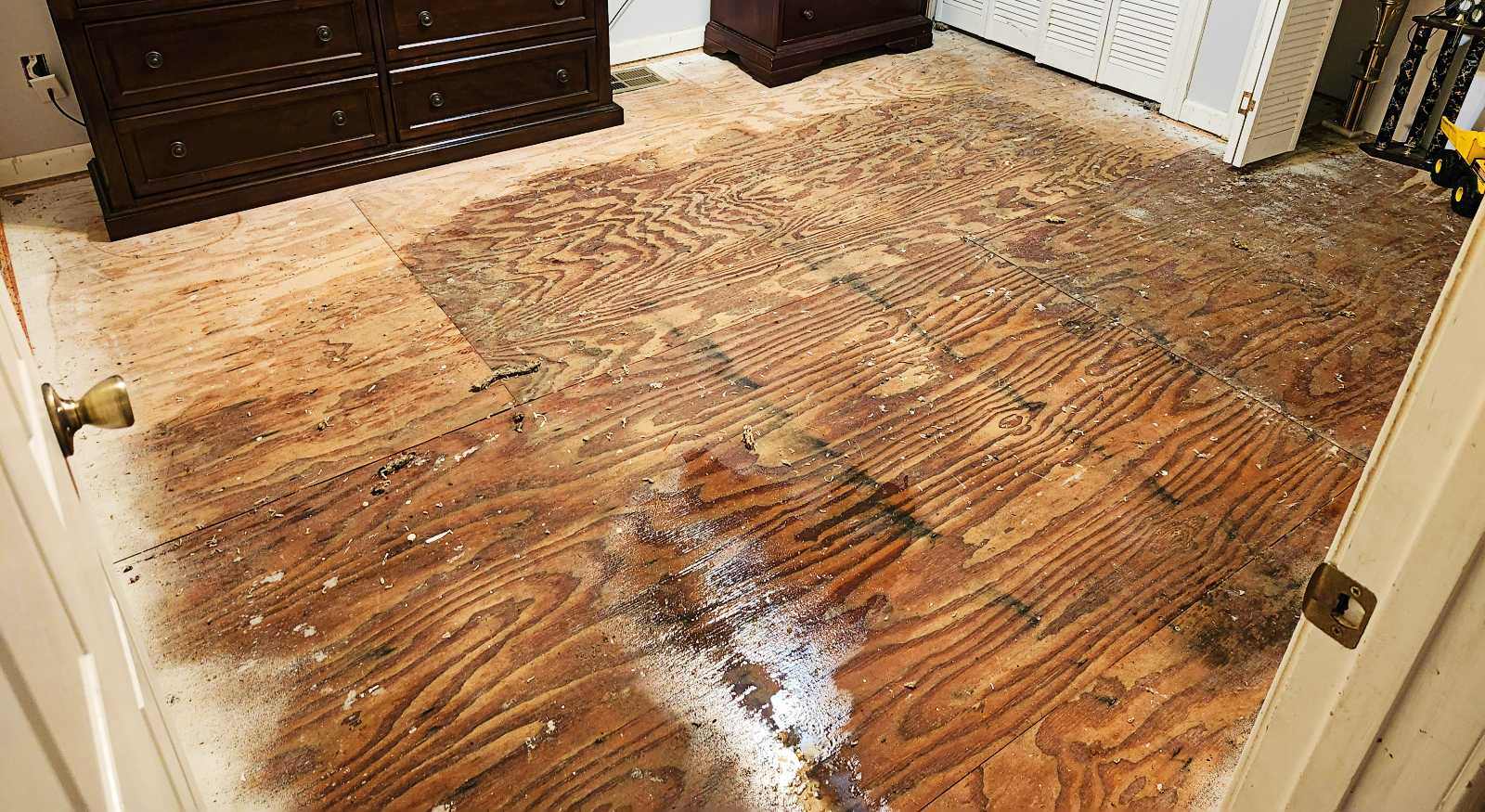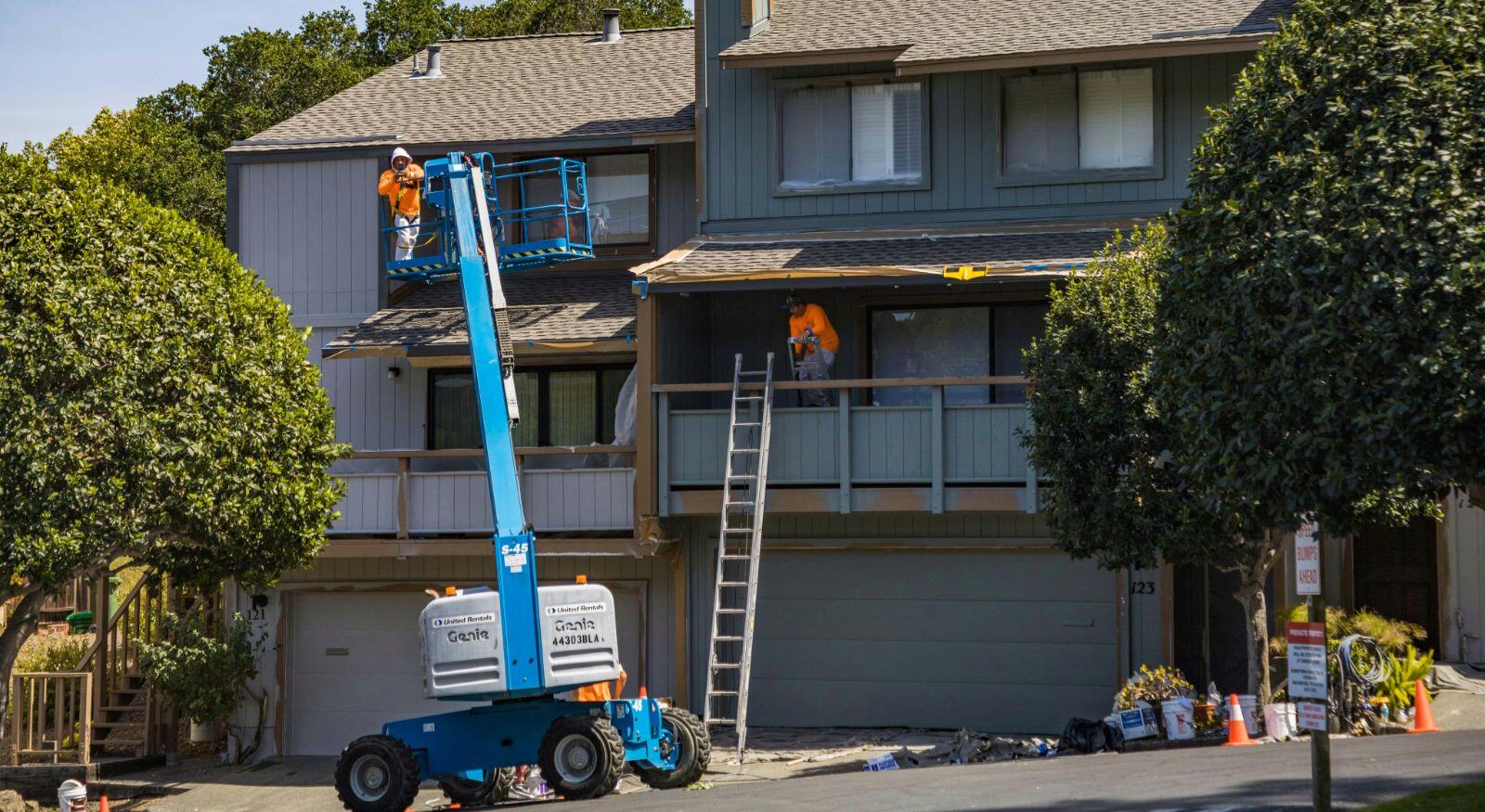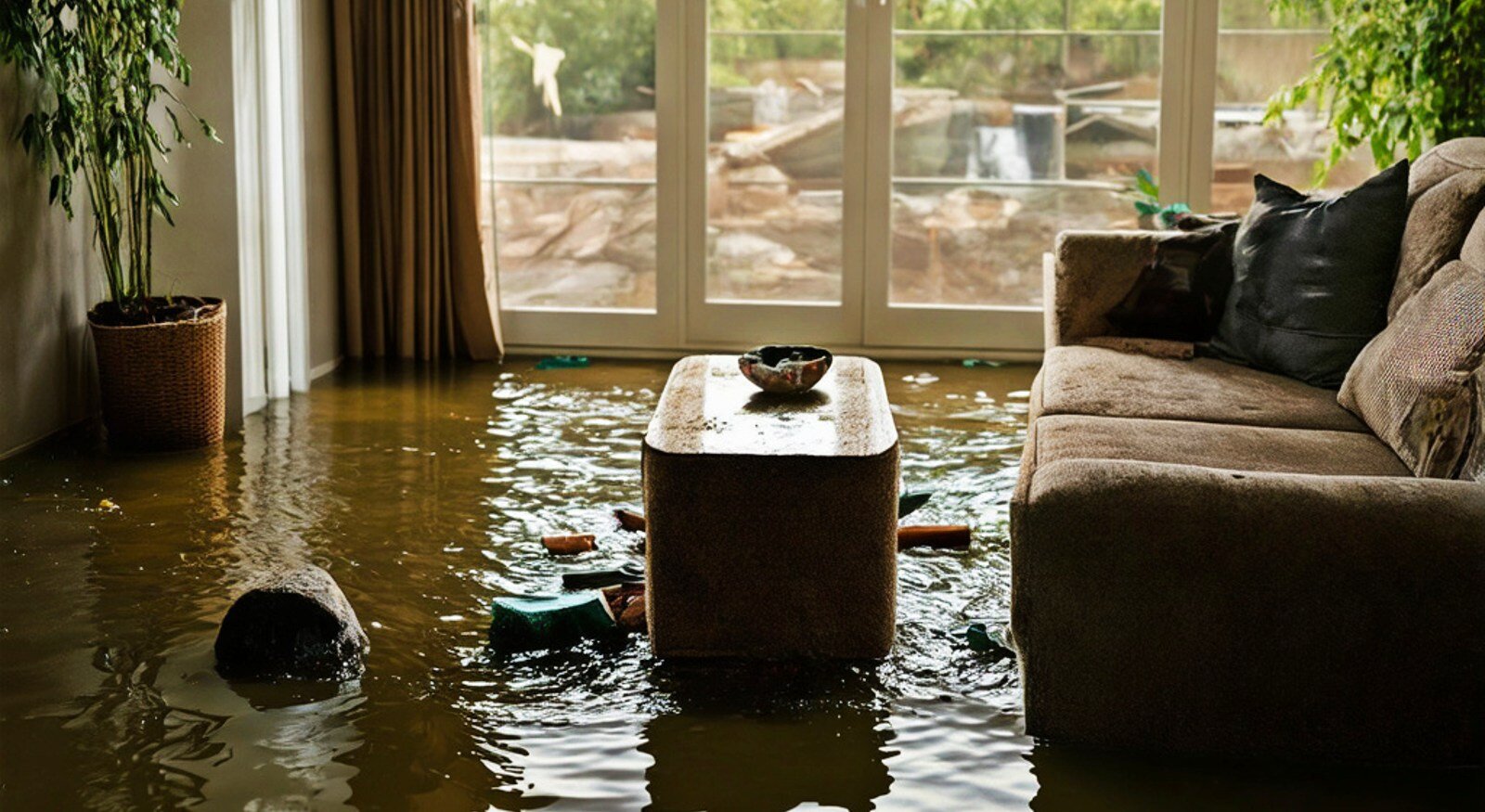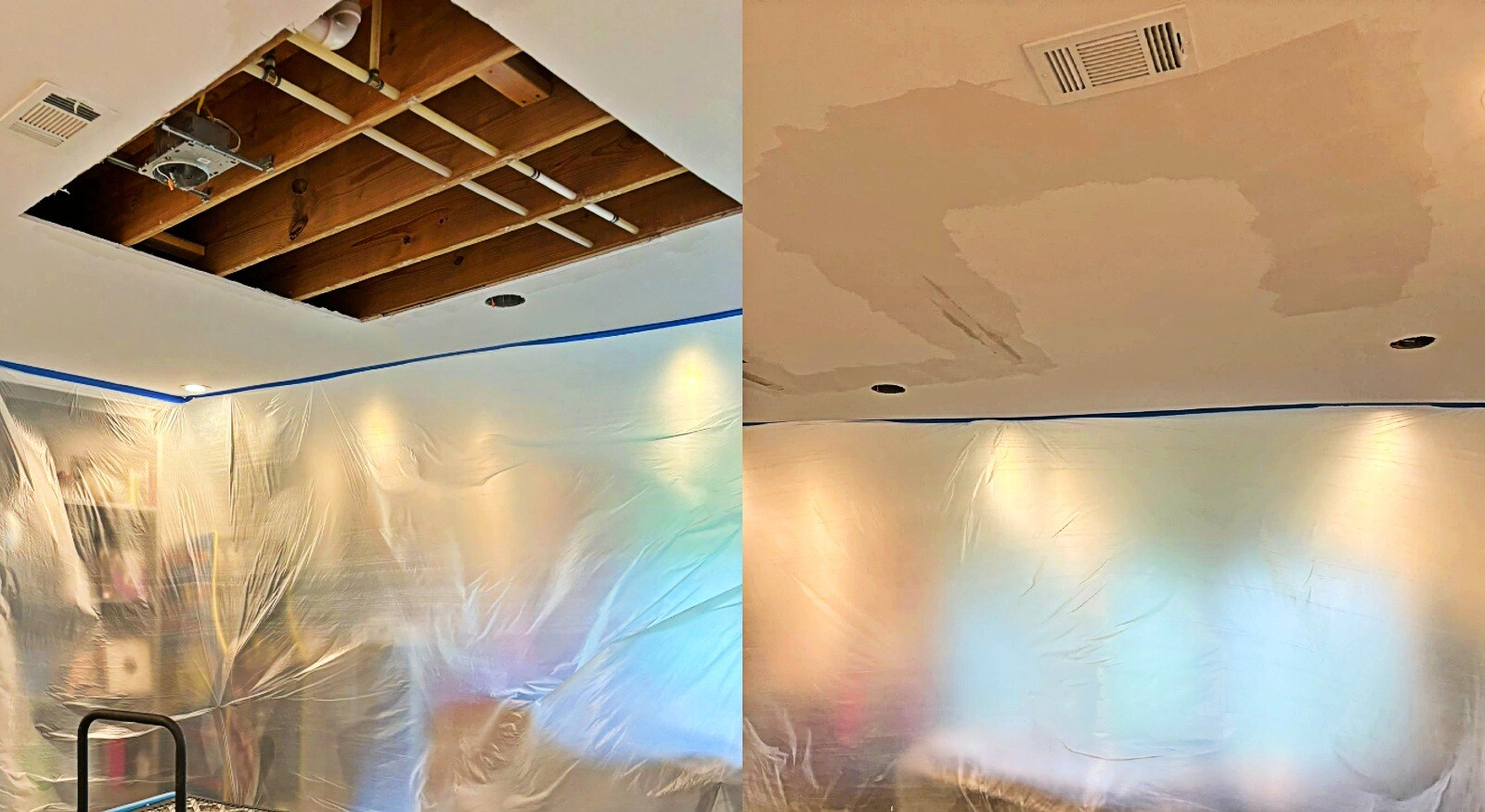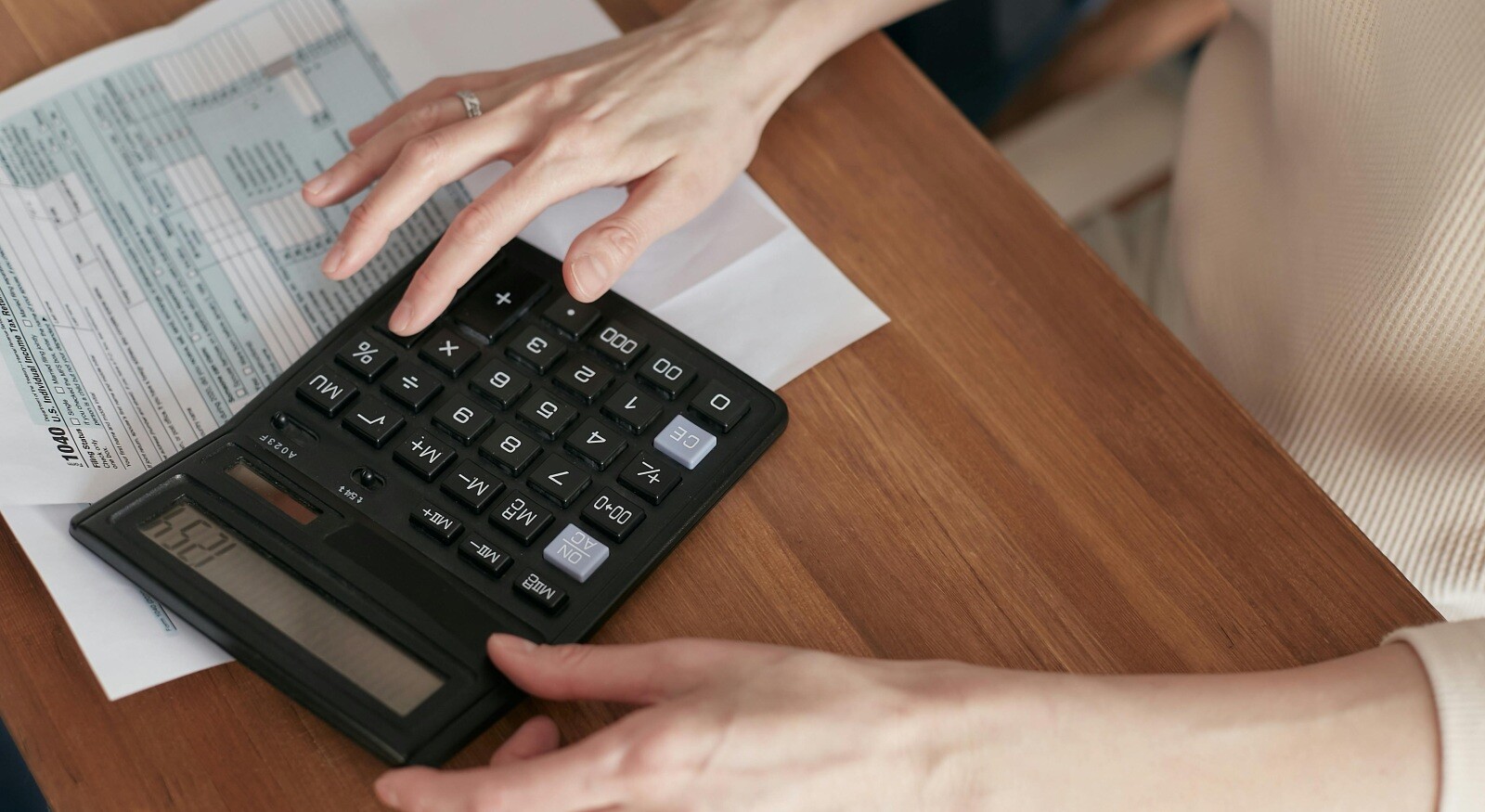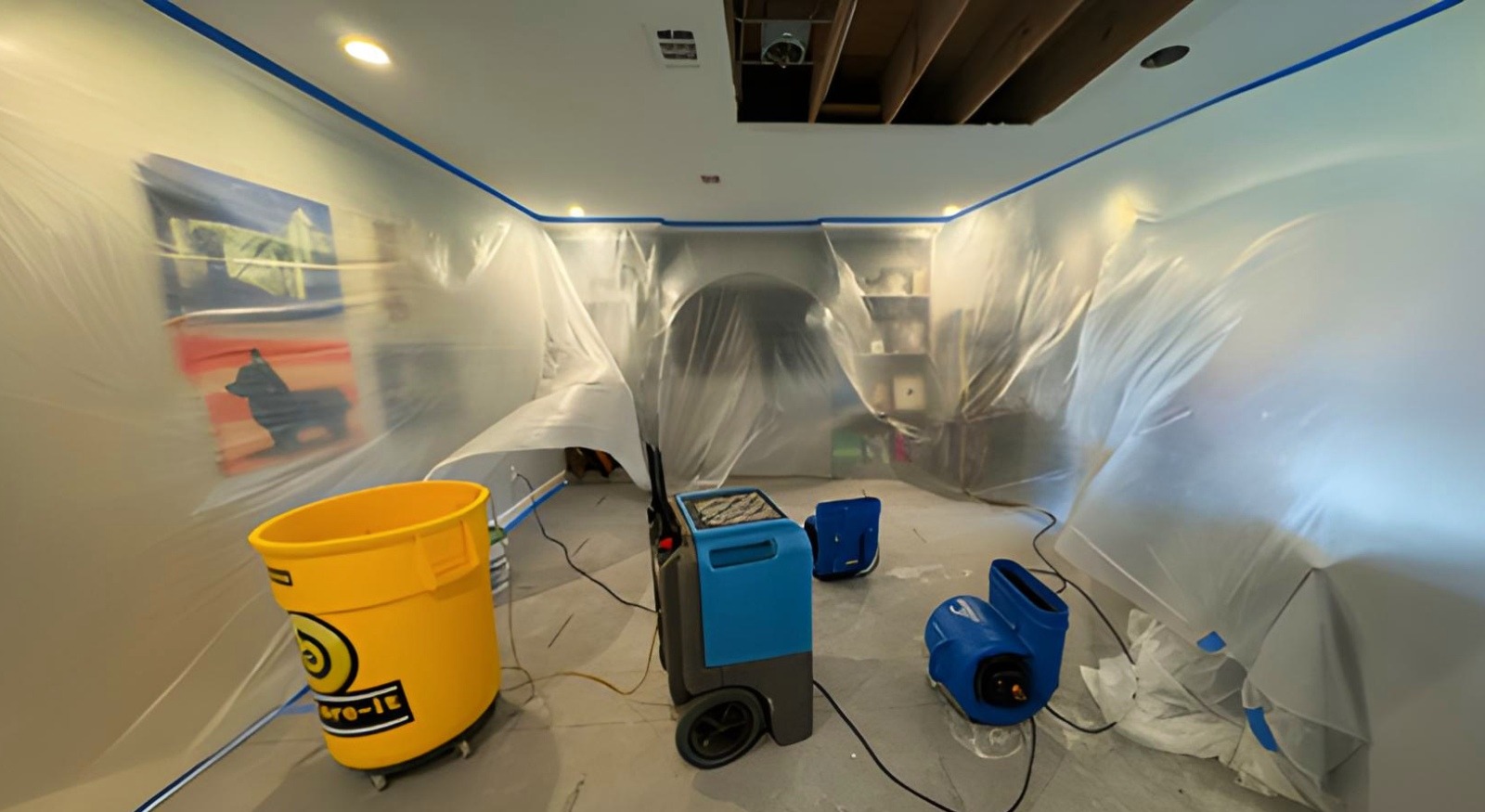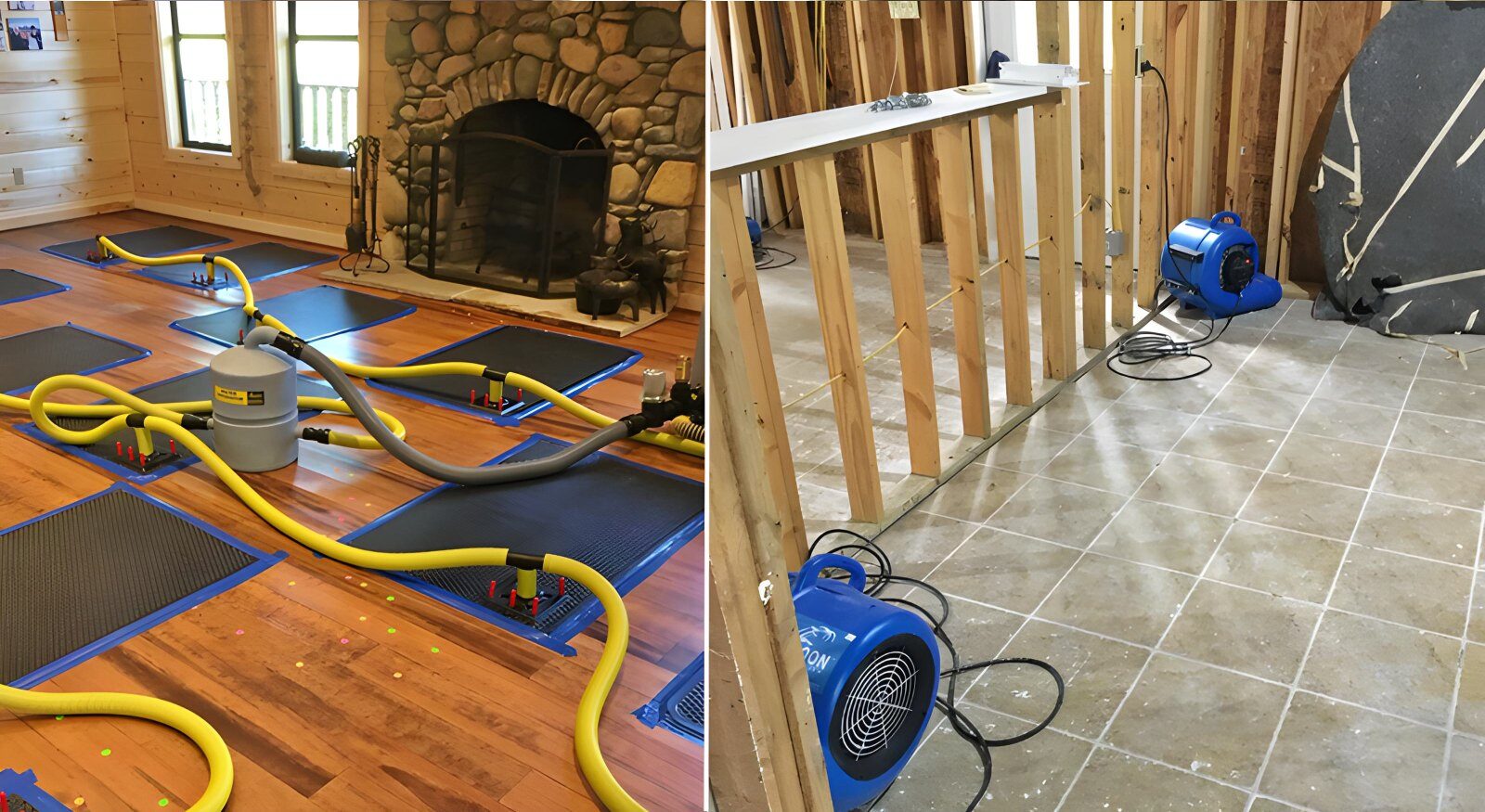Follow this Winter Sump Pump Checklist to Prevent a Flood
November 7th, 2025
4 min read

If you find your crawl space flooded every time there is a storm, installing a sump pump (along with french drains) can be the solution you're looking for. However, this often-forgotten device may have trouble if you don't check on it every once in a while. Especially during winter and after heavy rain.
A failed sump pump is one of the most devastating causes of water damage in a home. And contrary to popular belief, failure isn't just a springtime problem. The dead of winter, with its heavy snowmelt, frozen ground, and ice-clogged pipes, is a peak season for sump pump failures.
When your pump fails, your basement can fill with inches of water in less than an hour, creating a potential mold emergency. Thankfully, with a few quick steps, you can prevent problems before they start.
This article will walk you through the 5-step winter sump pump checklist that protects your home and your peace of mind. We will also talk about a critical backup system that every homeowner should have in place.
Why Winter Is a High-Risk Season
Your sump pump works hard to keep your crawl space under control; however, some factors make winter a more challenging season than others:
- Heavy Snowmelt: A few days of warmer temperatures can melt a foot of snow, saturating the ground around your foundation.
- Frozen Ground: When the ground is frozen solid, meltwater can’t soak in, forcing it toward your foundation and into your sump pit.
- Frozen Discharge Lines: This is the most dangerous winter-specific problem. Your pump may be working perfectly, but the pipe that carries water out of your house can freeze, leaving the pump with nowhere to send it.
The result? A pump that runs nonstop, burns out, or floods your basement when it can't push water through.
The 5-Step Winter Sump Pump Check-Up
This entire process will only take you a few minutes; it requires only a flashlight and a 5-gallon bucket of water, but it can save you thousands in repair costs.
Step 1: The "Test Run" (The Most Important Step)
The key here is to determine if the pump is working correctly by testing it.
- How to do it: Fill the 5-gallon bucket with water and slowly pour it into your sump pit (the hole in the floor). As the water rises, the float (a small bobber) should lift, triggering the pump.
- What should happen: The pump should kick on immediately, discharge the water quickly, and then shut off automatically.
- Signs of trouble: If the pump doesn't start, makes grinding sounds, or runs without pumping water, there is an issue with the device. Also, if the pump continues to run after the pit is empty, the float may be stuck, or the switch may be faulty.
Step 2: Check the Power Source
You wouldn't believe how common it is for sump pump issues to come from the power source. There is nothing wrong with them; it's just that they aren't plugged in, or someone tripped over their cord.
- How to do it: Check the outlet. Your pump should have two plugs (one for the pump, one for the float switch). Make sure both are firmly connected to a ground fault circuit interrupter (GFCI) outlet.
- What to watch for: Press the "Test" button on the GFI outlet to make sure it trips, then press "Reset." If the outlet is dead, your pump has no power.
Step 3: Clean the Sump Pit
Over time, dirt, gravel, and even small objects can build up inside the sump pit.
- How to do it: Unplug the pump. Then, use your flashlight to inspect the bottom of the pit. And finally, remove any debris from around the pump's inlet screen.
- What to watch for: A clogged inlet forces the motor to overwork, which can cause the machine to overheat and lead to complete failure during the first major thaw.
Step 4: Check the Float Switch
Remember the float switch? This little device tells your pump when to start and stop. If it gets stuck, your pump simply won't work.
- How to do it: While unplugged, move the float up and down by hand. Make sure it moves freely without hitting the side of the pit.
- Signs of trouble: Sometimes the pump can vibrate and move around the pit, causing the float to get stuck against the side of the liner. If it gets stuck in the "down" position, it will never tell the pump to turn on. If it gets stuck in the "up" position, the pump will never turn off and will burn out its motor.
- What to do: While the pump is unplugged, reposition it slightly so the float can move unobstructed.
Step 5: Inspect the Outside Discharge Line
This is where many winter failures start. Even if your pump runs perfectly, a frozen or blocked discharge line means the water has nowhere to go.
- How to do it: Go outside and locate the discharge pipe. Clear any snow, ice, or debris around the exit point. Make sure the pipe slopes away from your foundation.
- Signs of trouble: If the line is frozen, pressure builds up inside the pump. Eventually, the pump burns out, or worse, the water reverses and floods your basement.
Add a Battery Backup Before the Next Storm
Here is the thing that most homeowners tend to forget: your sump pump relies on electricity. So what happens when the next blizzard or ice storm knocks out power? Without a backup system, your sump pump stops working completely. Right when you need it the most.
This is why every single home with a sump pump must have a battery backup system. This is a second, smaller pump that sits in the pit next to your main pump and runs on a 12-volt marine battery. It will automatically take over if the power fails or if your main pump can't keep up.
If you don't have one, it's a critical investment. If you do have one, make sure the battery is still good. They typically last around 2 to 3 years.
Prepare Now And Avoid A Disaster Later
This simple 15-minute check-up is one of the smartest investments you can make in your home's health. It can truly be the difference between a typical day and a restoration nightmare that could end up costing you thousands of dollars.
However, if you're reading this too late and you're already standing in a flooded basement because your pump has failed, do not panic.
Put your safety first. If the water is near outlets or your electrical panel, leave the area immediately and call 911. Then, call a restoration company and your insurance adjuster. Go for a local company that is available for emergency mitigation and water damage restoration.
Looking for a Restoration Partner? Look No Further!
At the end of the day, every homeowner relies on their sump pump. Yet, sometimes things don't work like they should, and we don't realize it until it's too late. If you have struggled with flooding, power outages, or a frozen discharge line, now you know how easy it is to prevent it from happening again.
By learning the five essential winter sump pump checks, you can save your home from disaster. Now, take the next step: read our guide on "What to Do If Your Basement Floods". This way, you will know how to respond, even in the worst-case scenario.
And remember, Restore-It is one call away. We will safely remove the water, set up drying systems, and prevent mold growth before it starts. Let's keep your home dry, safe, and ready for whatever winter throws your way!
Topics:







